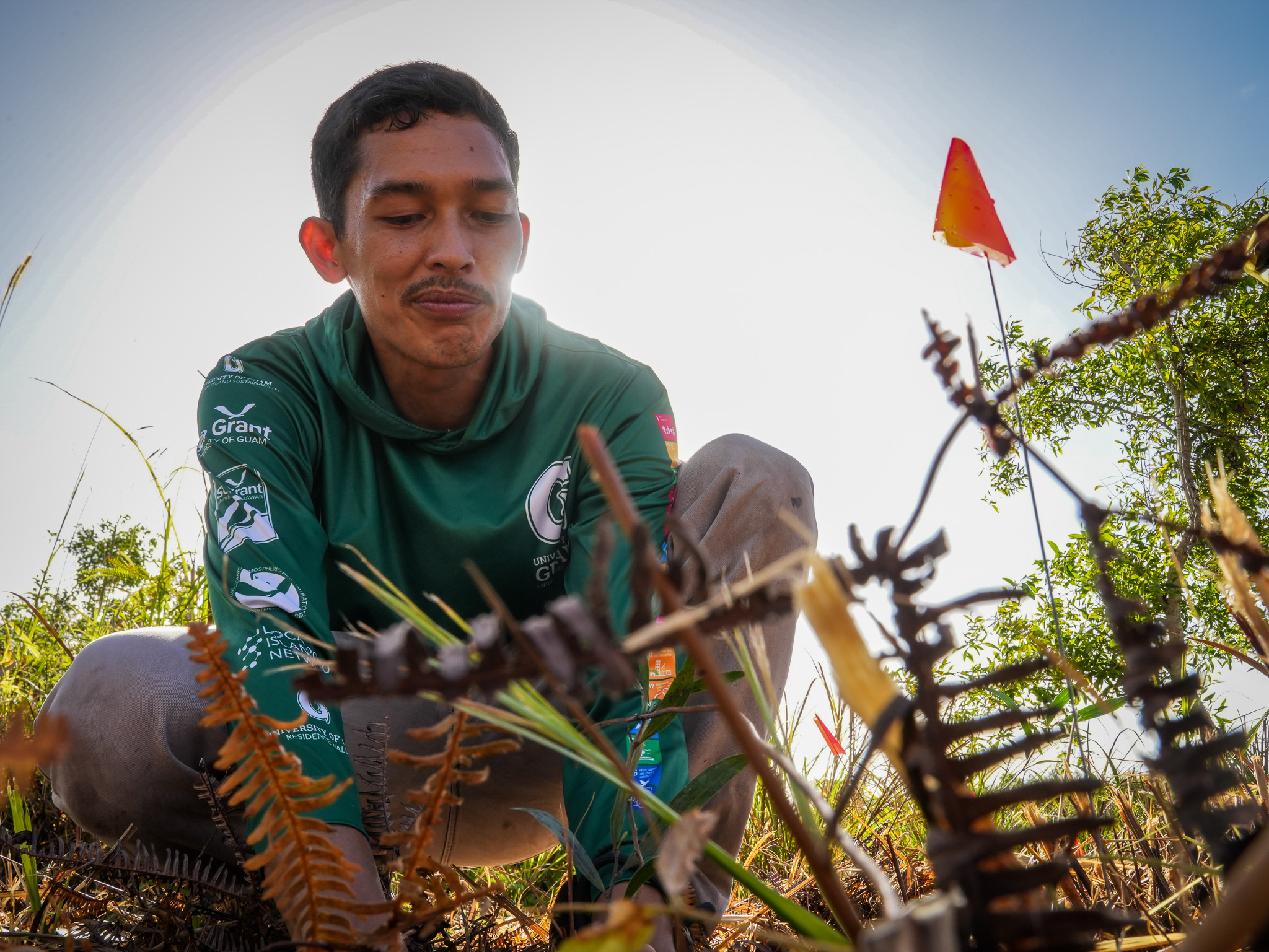Uncategorized

The University of Guam is excited to welcome President of the Republic of the Marshall Islands, Her Excellency Hilda C. Heine as a keynote speaker for this year’s Conference on Island Sustainability (CIS2025) to be held at the Hyatt Regency Guam from April 7-12.
With her Pacific homeland in jeopardy of being swallowed from seas rising around it, Heine, an educator and second-time president of the RMI, is spearheading innovations to secure the future of her country and people.
She will deliver her keynote remarks in line with the conference theme of “Solutions for Our Future,” on Thursday, April 10 on the main stage of CIS2025.
As the first female leader of any sovereign nation in Micronesia, Heine has become a prominent voice on climate change, sustainable development, education, and cultural preservation and has captivated and enlightened audiences on the biggest stages of the world.
“Like most of our sister nations in the Pacific, we expect research, knowledge and understanding on how to address the pressing issues of climate change so that we can continue to call these islands our home – not in the nostalgic sense of a displaced person, but as a people actively developing and living in the country,” Heini said in an address to graduates of the University of the South Pacific in Marujo.
Heine joins a growing list of presenters and speakers appearing at CIS2025, the 16th installment of the conference, co-chaired by UOG President Anita Borja Enriquez and Governor of Guam Lourdes Leon Guerrero.
Austin Shelton Ph.D, the Director of the UOG Center for Island Sustainability and Sea Grant, the facilitators of the conference, says that Heine will represent the critical and unique perspective of Micronesia in the quest for a global sustainable future.
“President Heine is a trailblazer and an inspiration for islanders and our allies everywhere. Her leadership in government and academia, along with her dedication to protect her people and island, will bring a keynote perspective that will resonate with all who have the opportunity to hear her. We cannot wait for her to share her insights with participants who will join us for CIS2025 from all over the world,” said Shelton.
Registration for the CIS2025 is open now. Interested attendees can find more information and register at uog.edu/cis2025.



























